Amsterdam’s rich Jewish history is more than Anne Frank and her famous diary
Amsterdam is a city blanketed in a rich historical tapestry adorned with culture, religious freedom, awe inspiring art and many hidden gems that delight visitors from all over the world. One such gem is Amsterdam’s Jewish Cultural Quarter and a must see on your vacation itinerary.
Many visitors to Amsterdam are pleasantly surprised to discover that there is so much more to the city’s Jewish past than just visiting the Anne Frank House. In fact, Amsterdam’s Jewish Cultural Quarter, with its deep Jewish roots and incredible history, dates back to the 1600’s. Prior to World War II, this area was heart and soul of Amsterdam’s flourishing Jewish community. What surprises some visitors is this fascinating area is actually located on the opposite side of the city from where the Anne Frank House sits.
Today the Jewish Cultural Quarter is home to Amsterdam’s most incredible and rare Jewish artifacts and buildings. The core area of the Jewish Cultural Quarter is where visitors will find the Jewish Historical Museum, Portuguese Synagogue, and the Hollandsche Schouwburg. Exploring beyond this core area, you will find an additional wealth of Jewish and Dutch history at the Dutch Resistance Museum, see the home of Rembrandt, one of Amsterdam’s great art masters, and relax in the natural beauty of the Hortus Botanicus and Artis Royal Zoo.
Self-Guided Walking Tour of The Jewish Cultural Quarter and Surrounding Area
The Jewish Cultural Quarter is located between the areas of Nieuwmarkt and Plantage. Getting there is easy. From Dam Square or Central Station; take the #9 or #14 tram or the Metro to the Waterlooplein stop (near the National Opera and Ballet House).
1) Museum het Rembrandt (Rembrandt House and Museum) – Jodenbreestraat 4
Start your tour with the Rembrandt House and Museum; a short 2 block walk from the tram and metro stops. Although Rembrandt wasn’t Jewish, his home sits in what was once the center of Amsterdam Jewish life. Many of his paintings reflect Jewish life of the time and contain many Old Testament scenes.
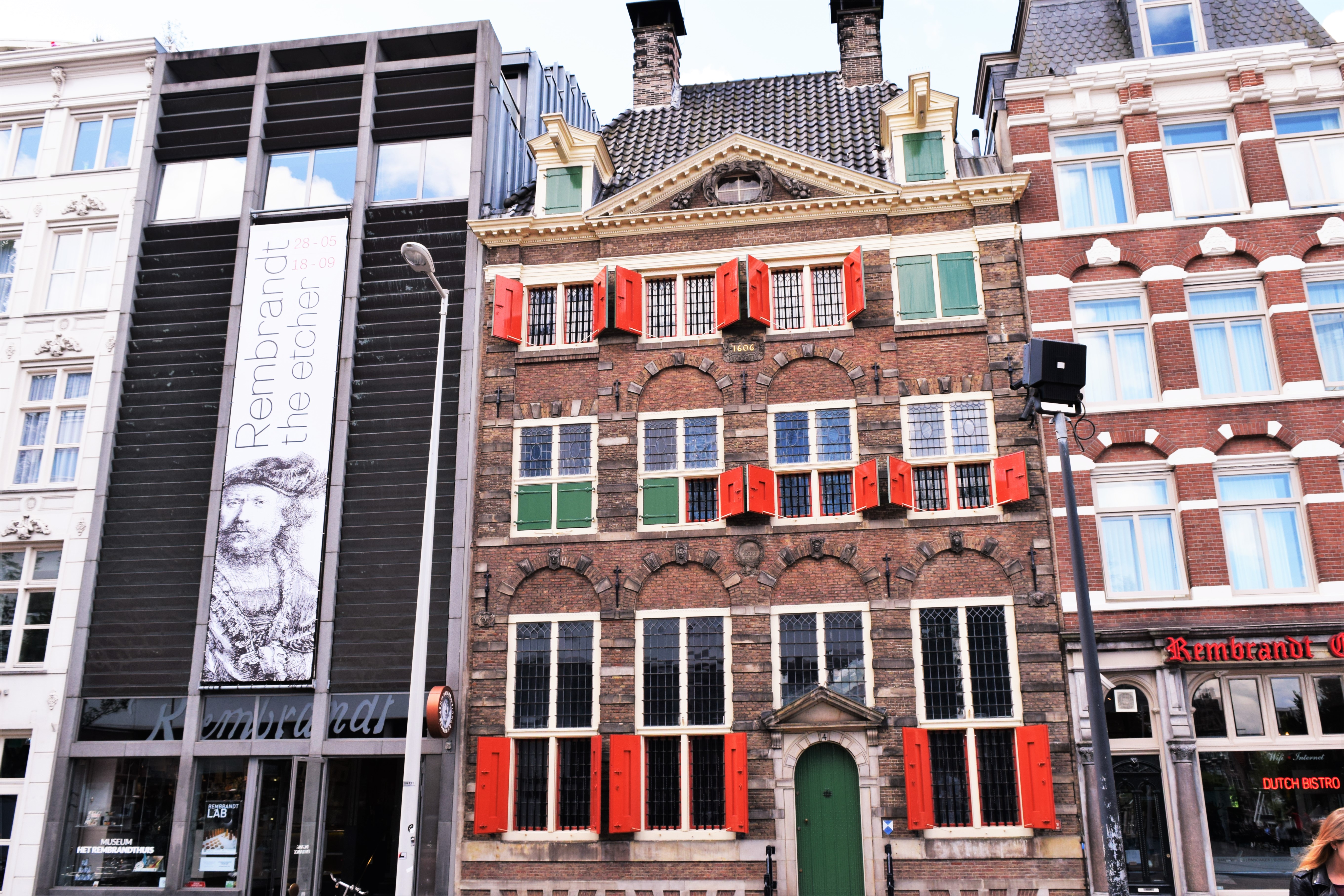
Visitors will be able to take a peek into the life of this great Dutch master and see the actual studio where he worked and taught. The tour also includes live demonstrations on paint making and the history and operation of his printing press.
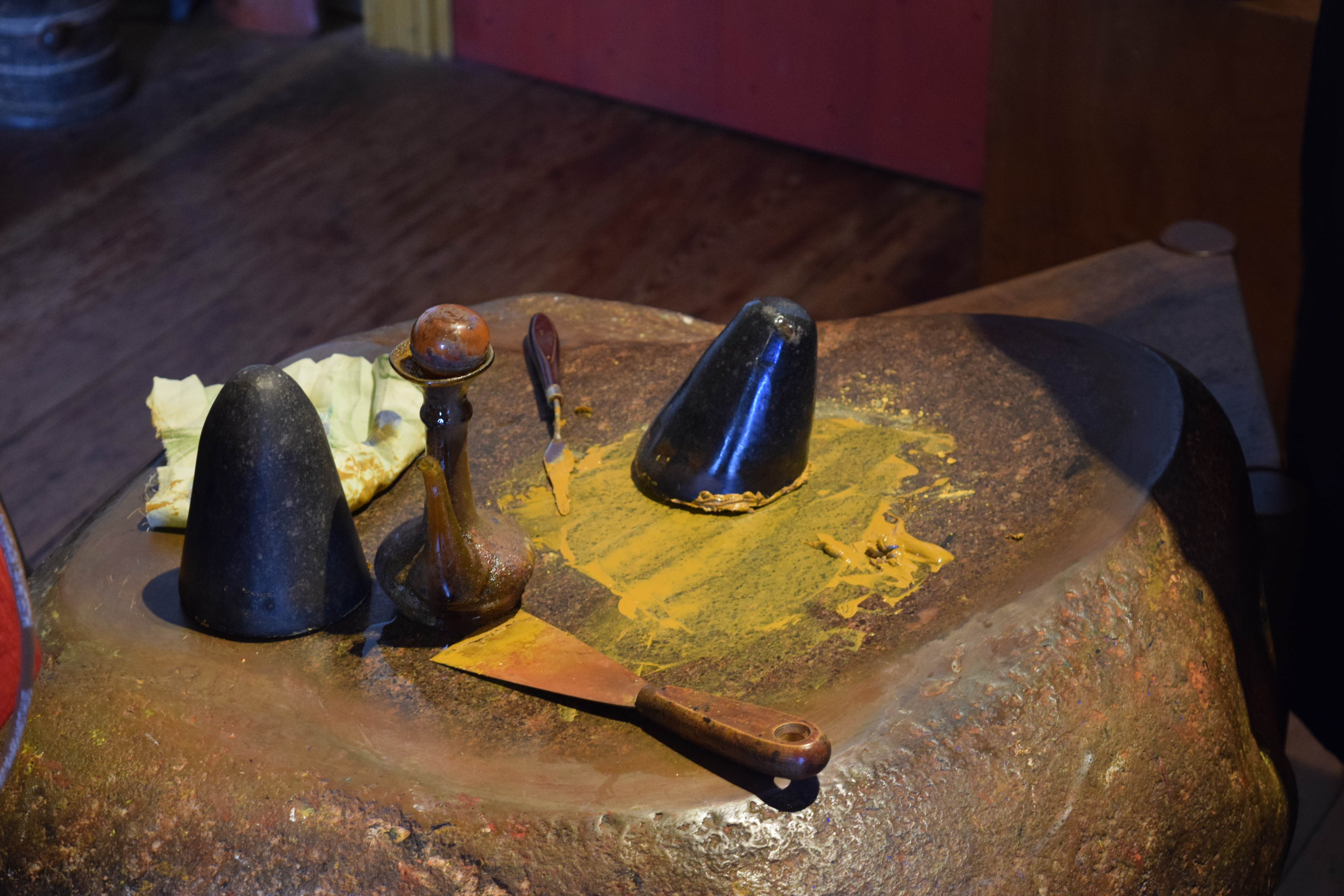

2) Joods Historisch Musuem (The Jewish Historical Museum) – Nieuwe Amstelstraat 1
This complex of four Ashkenazic synagogues from the 17th and 18th centuries shows the journey and birth of the early Jewish community; retelling the history leading up to present day Jewish life in Amsterdam.
3) Portuguese Synagogue – Mr. Visserplein 3
This beautiful and historic Sephardic Synagogue opened its doors to the community in 1675 and is still in use today. To get the most out of your visit, rent an audio guide to learn about the history and significance of the artifacts housed in its underground chambers. Here you will see antique manuscripts, Torah scrolls, silver ceremonial objects, antique textiles and more.
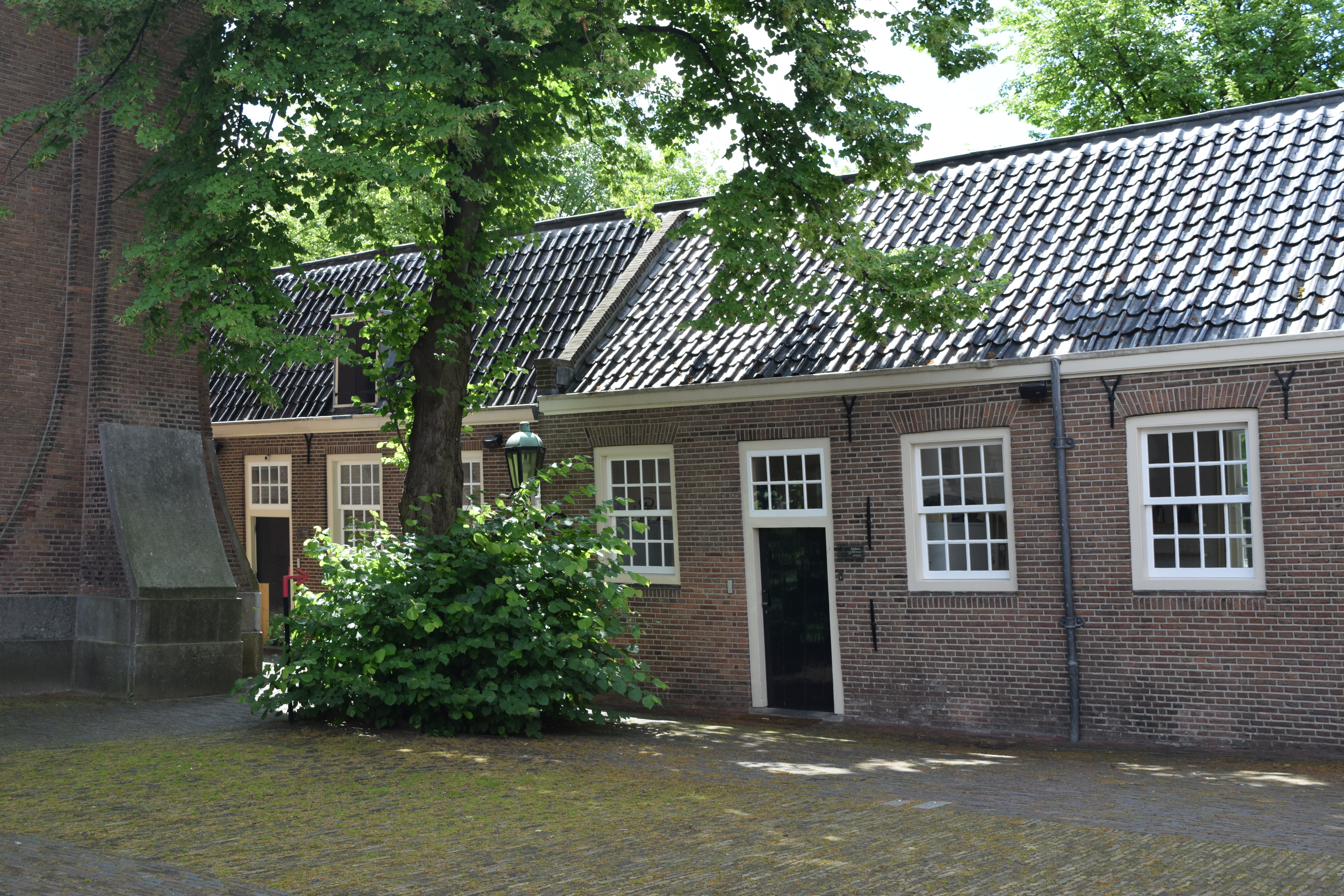
After viewing the historical treasures, head to the main synagogue where you will view its splendor and marvel at its beauty. An interesting side note: 4 days after the liberation of the Netherlands from German occupation, religious services were held once again.

From the Portuguese Synagogue, walk southeast on Muiderstraat which will turn into Plantage Middenlaan. Here you will have the option of visiting the Hortus Botanicus (Botanical Gardens) before continuing your journey to see the Hollandsche Schouwburg (National Holocaust Memorial).
4) Hortus Botanicus (Botanical Gardens) – Plantage Middenlaan 2a
This is one of the oldest botanical gardens in the world, dating back to 1638. You will see over 4,000 species of plants from all over the world. The early Dutch explorers and traders brought back many plants from their travels to create the garden’s first collection.
5) Hollandsche Schouwburg (National Holocaust Memorial and Museum) – Plantage Middenlaan 24
This site commemorates the persecution and deportation of over 104,000 Dutch Jews between 1940 and 1945. Visitors will see the remnants of the former Artis Theater which was built in 1892 and quickly became the hub of Amsterdam’s cultural life. Tragically during World War II, the Nazi soldiers turned the opulent theater into a deportation center.
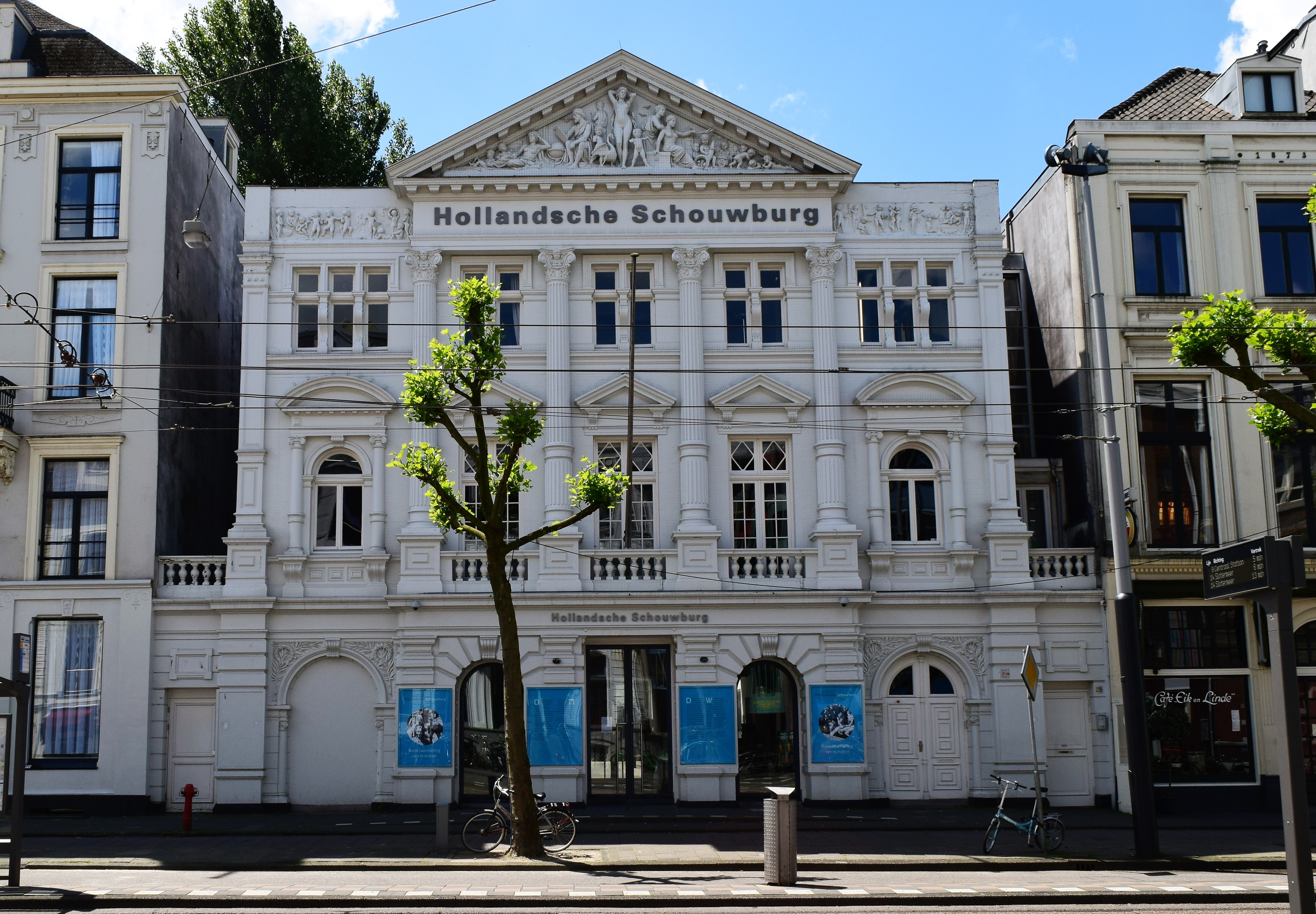
Now a memorial site honoring those individuals and families lost to the horrors of the Nazi regime, the Hollandsche Schouwburg includes a wall of 6,700 Jewish family names as part of their permanent exhibition.
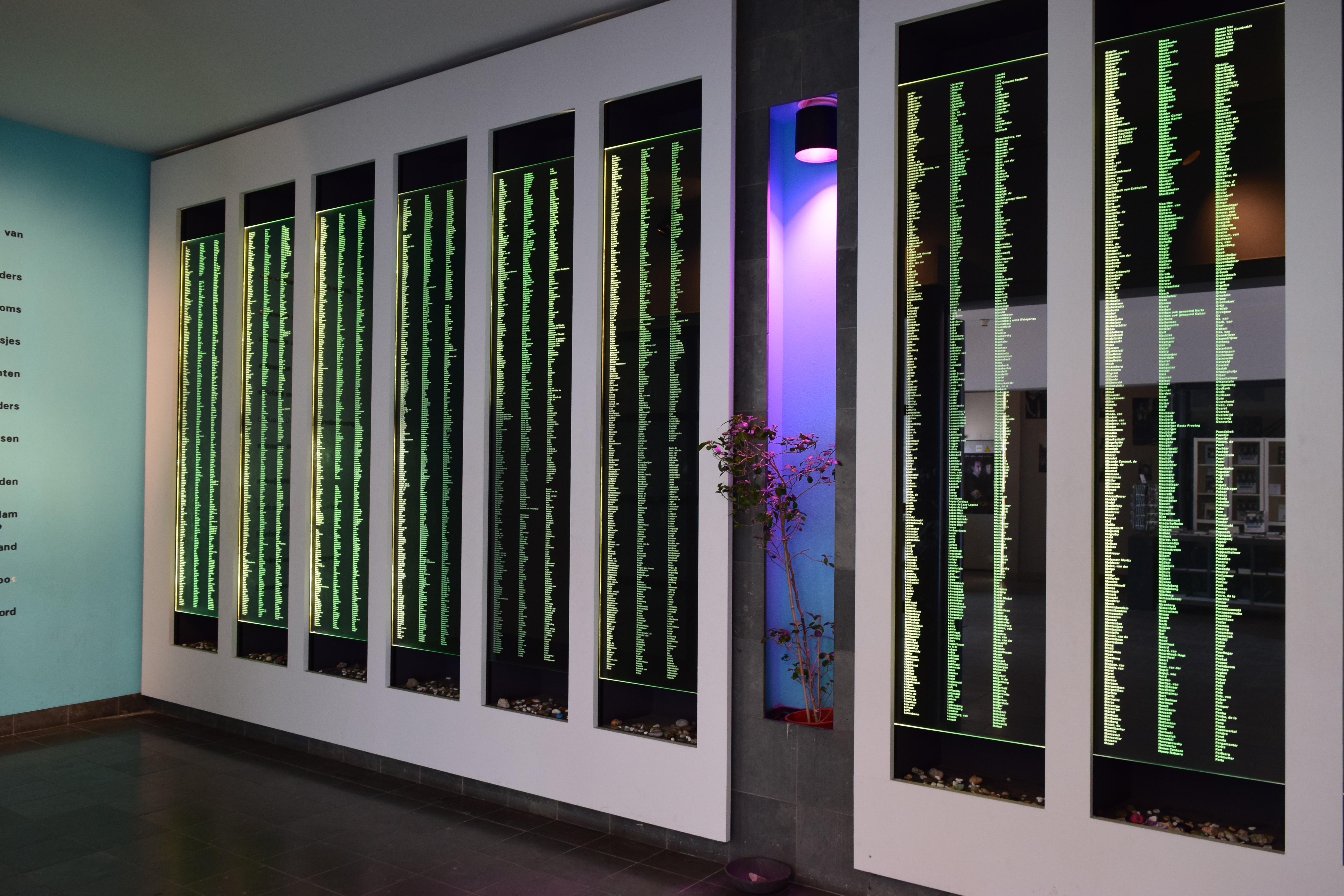
When you exit the building go directly across the street to tour the second building, the site of a former Teacher Training College, where the Nazi’s housed Jewish children prior to deportation. Through the efforts of brave teachers hundreds of Jewish children were smuggled to safety.
Although not a part of the official Jewish Cultural Quarter, the walking tour will continue to the Dutch Resistance Museum. As you leave the Holocaust Memorial, journey one block to Plantage Kerklaan and turn left. This street will take you past the Artis Royal Zoo before reaching the museum.
6) Verzetsmuseum (the Dutch Resistance Museum) – Plantage Kerklaan 61
This museum showcases the strength and courage that it took for the Dutch people to resist and rebel against German occupation. The museum’s exhibits will take you through the heartbreaking and inspiring stories of prominent Amsterdam residents who risked their lives to save their fellow friends, family and neighbors. The museum also has a separate children’s exhibit geared towards the younger visitor. In addition to their permanent exhibits, the museum showcases temporary exhibits relating to War War II and Dutch life during this dark period in history.
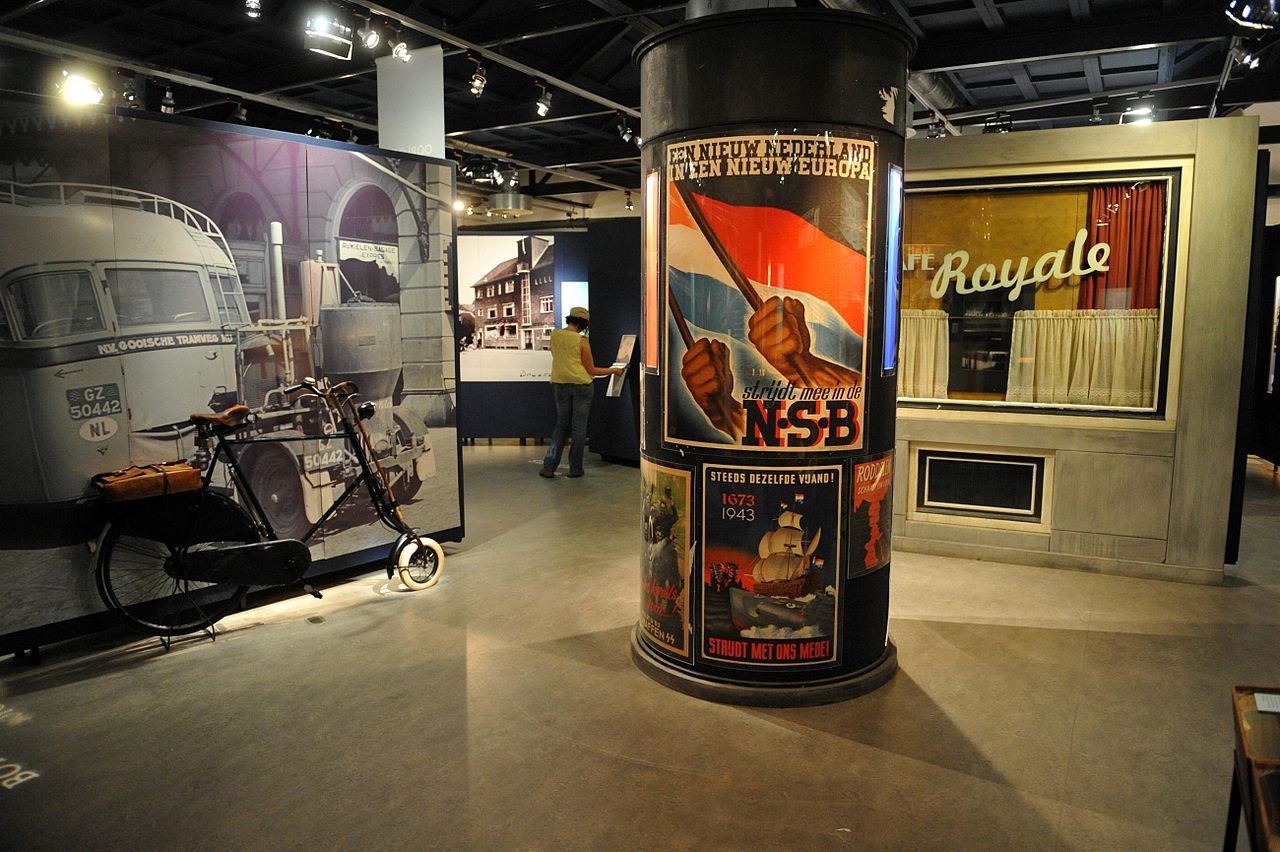
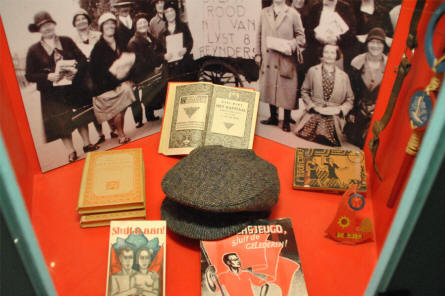
If time permits, end your day by visiting the Artis Royal Zoo and relaxing in the beauty of this sanctuary.
7) Artis Royal Zoo – Plantage Kerklaan 38-40
Escape the hustle and bustle of busy Amsterdam by spending time in Europe’s oldest zoo. Opened in 1838, the Artis Royal Zoo is home to 900 animal species and over 200 species of trees.

Strolling through the lush park, you will wind your way through serene paths as you travel from exhibit to exhibit. To tame your hunger, stop in the Café-restaurant de Plantage and enjoy a leisurely bite to eat as you take in the natural beauty of the Artis Royal Zoo.
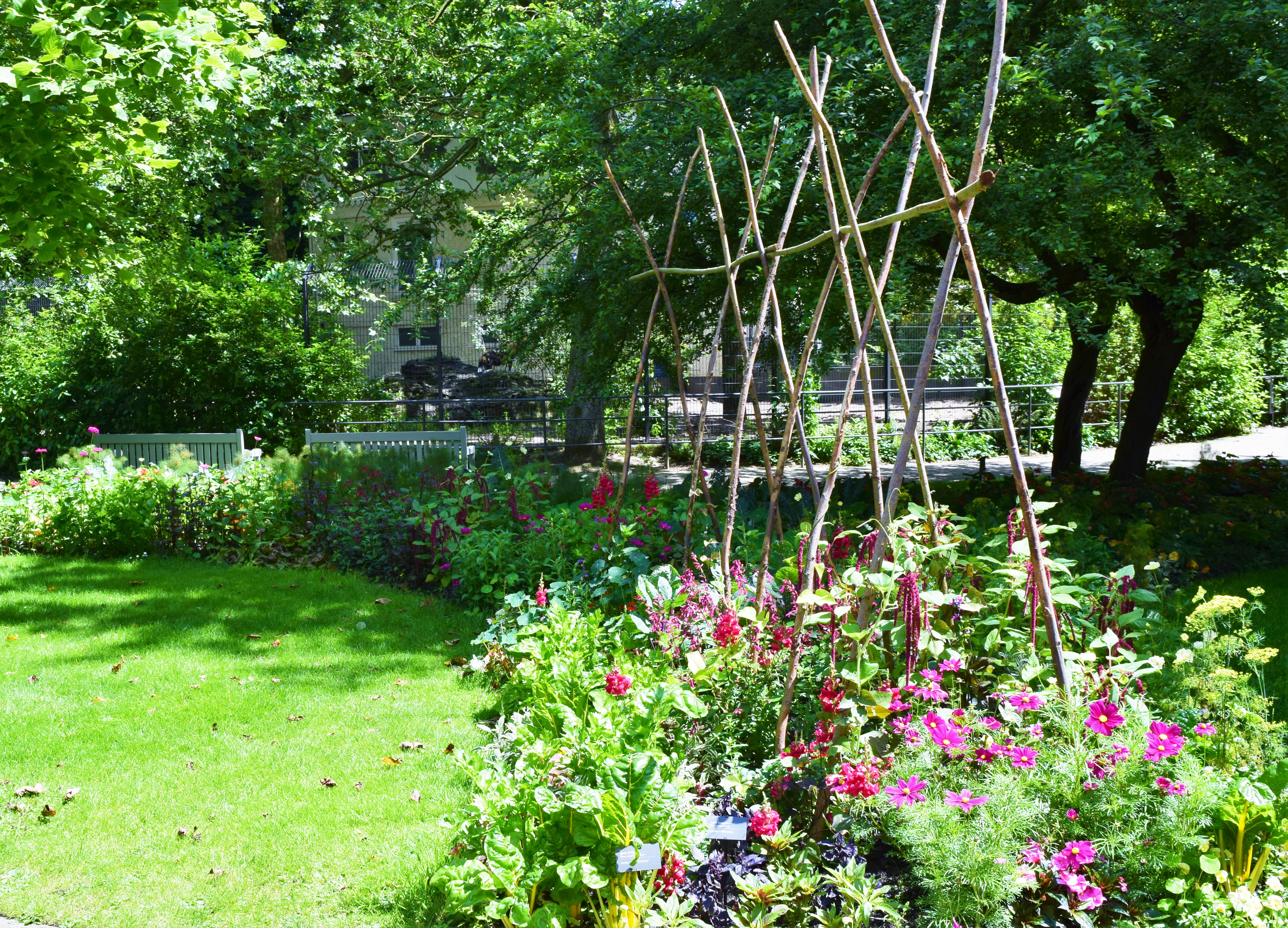
Tips:
- Take advantage of the museum audio guides to learn more about the history behind their exhibits.
- Each museum and attraction’s admission listed in this article is free when you use the I Amsterdam City Card.
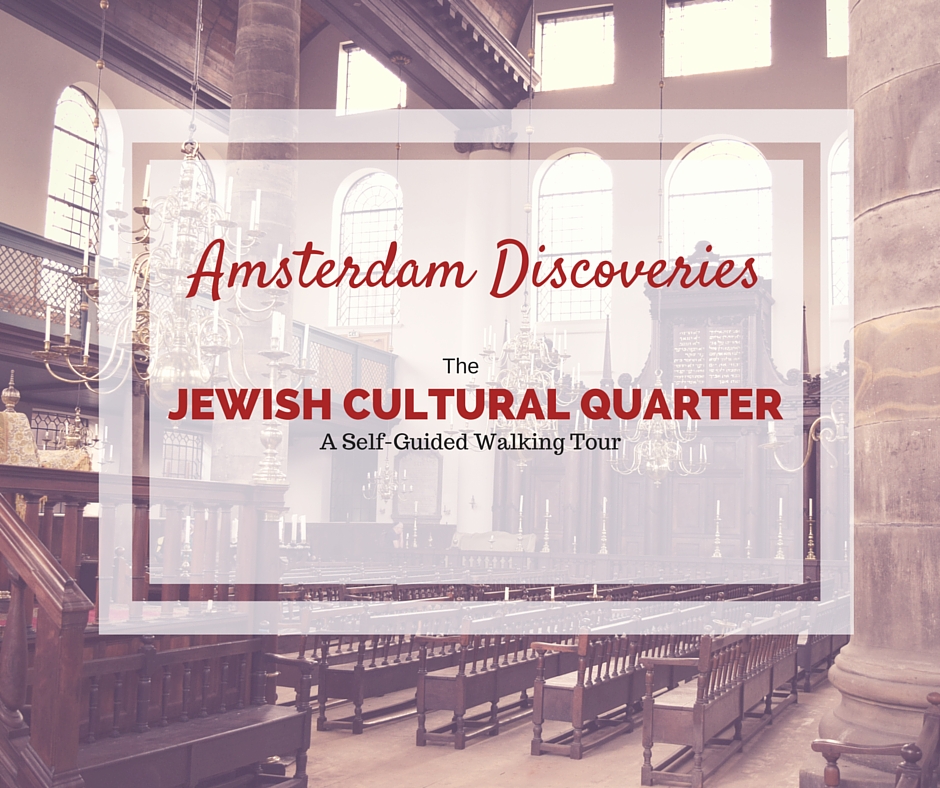


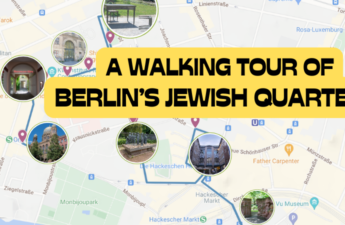

Great article, i really-really like it!
If you are interesting in a discovering Jewish culture you should probably knows about special walking free city tours in a different cities. I know about one in a Prague, Get More Info .